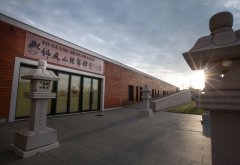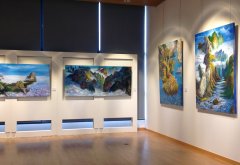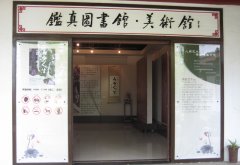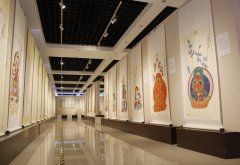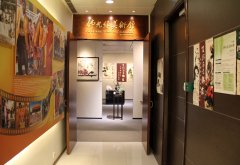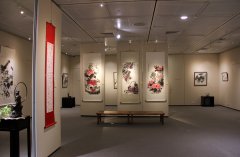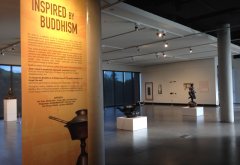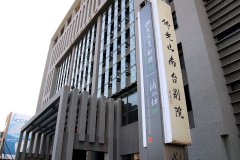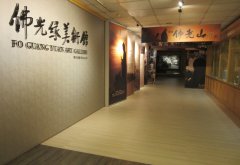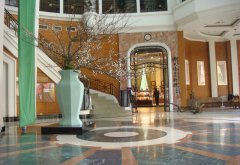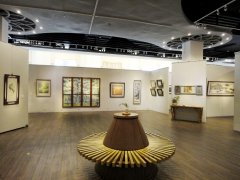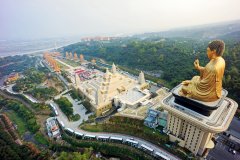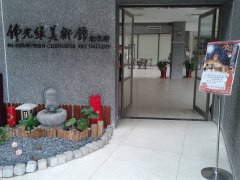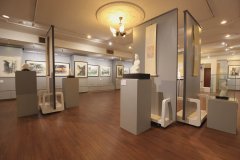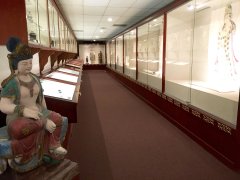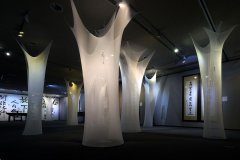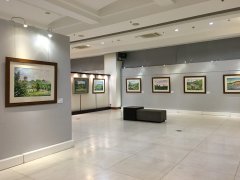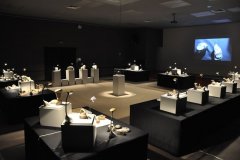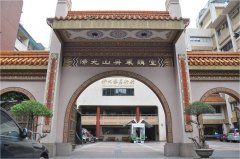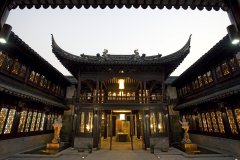![]()
1949年星雲大師來台,於四處弘法時,即留心佛教文物的蒐集,經常省下餐費,作為購買文物的費用;大師忍受手酸腿麻,不遠千里捧回石雕佛像,甚至遭受同道以「跑單幫」譏之,都不加辯解。
佛光山創辦之初,為了讓信徒遊客藉由認識佛教文物,進而瞭解佛教的具體內涵,欣賞佛教藝術之美,於現在的佛光山叢林學院裡,設立一處簡單可以陳列佛教文物的櫥櫃。
1994年,為籌設佛光大學,佛光山和佛光會發起托缽興學活動,藝文界亦興起佛光緣義賣。星雲大師將收藏多年名家書畫,如張大千、溥心畬、黃君璧、趙樸初、于右任、郎靜山、董開章等人之作品捐出義賣,國際知名的畫家、收藏家,也共襄盛舉。一時之間,這樁義賣的好事功德,成為一大盛事,開啟「佛光緣美術館」創辦的因緣。自此這份與藝文界人士的結緣,乃至後來為方便度眾,提供社會群眾接觸佛教而成立的事業或舉辦的活動,皆名為「佛光緣」。
自1988年起至2019年,先後在美國西來寺、澳大利亞南天寺、澳大利亞墨爾本、法國巴黎法華禪寺、馬來西亞東禪寺、佛光山新馬寺、紐西蘭佛光山、中國大覺寺、蘇州嘉應會館、揚州鑑真圖書館、上海星雲文教館、香港佛光道場、菲律賓萬年寺、日本法水寺、台灣高雄佛光山、屏東講堂、高雄南屏別院、台南南台別院、彰化福山寺、台中惠中寺、台北道場、宜蘭蘭陽別院、佛光山佛陀紀念館等地,成立27個佛光緣美術館。雖然每年龐大的維護開銷入不敷出,但從參觀者讚許的音聲和眼神,皆是肯定星雲大師多年來的信念。
「佛光緣美術館」不光以傳播佛教理念、佈教弘法為目的,也在服務社會、美化人心,為民眾提供一個心靈休憩與成長的空間,及參與互動的文化藝術天地,將佛教與藝文結合起來,並向下扎根,推廣兒童親子教育,讓藝術生活化,生活歡喜布滿人間。
創辦緣起_分館照片
佛光山法華禪寺 / 佛光緣美術館巴黎館
佛光緣美術館巴黎館展場一隅
中國揚州鑑真圖書館美術館入口
中國揚州鑑真圖書館美術館展場一隅
佛光緣美術館香港館入口
佛光緣美術館香港館展場一隅
澳洲南天大學展場一隅
佛光山南台別院 / 佛光緣美術館台南館
http://fgsarts.fgs.org.tw/images/branch/Tainan/20180312-tn-out-01.jpg
佛光緣美術館台南館展場一隅
佛光緣美術館台北館入口
佛光山恵中寺 / 佛光緣美術館台中館
佛光緣美術館台中館展場一隅
http://fgsarts.fgs.org.tw/images/branch/Taichung/taichung.JPG
佛光山佛陀紀念館
佛光山福山寺 / 佛光緣美術館彰化館
http://fgsarts.fgs.org.tw/images/branch/Changhua/20180303-Changhua-01.jpg
馬來西亞東禪寺 / 佛光緣美術館東禪館展場一隅
http://fgsarts.fgs.org.tw/images/branch/Dongzen/20180922-DZ-12.jpg
佛光山西來寺 / 佛光緣美術館西來館展場一隅
http://fgsarts.fgs.org.tw/images/branch/HsiLai/20180312-usa-01.jpg
佛光緣美術館高雄館展場一隅
http://fgsarts.fgs.org.tw/images/branch/Kaohsiung/20180706-KS-09.jpg
佛光緣美術館馬尼拉館展場一隅
http://fgsarts.fgs.org.tw/images/branch/Manila/20180317-Manila-03.JPG
佛光緣美術館紐西蘭一館展場一隅
http://fgsarts.fgs.org.tw/images/branch/NewZealand1/ocean2204.jpg
佛光山屏東講堂 / 佛光緣美術館屏東館
http://fgsarts.fgs.org.tw/images/branch/Pingtung/20180403-Pingtung-out-02.jpg
中國蘇州嘉應會館美術館
http://fgsarts.fgs.org.tw/images/branch/Suzhou/20180322-Suzhou-01.jpg
Founding of the Fo Guang Yuan Art Gallery
In 1949, after Venerable Master Hsing Yun had arrived in Taiwan to propagate Buddhism, he started collecting Buddhist art items. He often saved his meal expenses in order to purchase those artworks. Venerable Master even endured the pain in his arms and legs to personally carry stone Buddha statues from miles away. And when others mocked him as being a “traveler with stocks,” he tolerated in silence.
When Fo Guang Shan was first established, a modest collection of Buddhist art items was exhibited at Tsung Lin University to help devotees understand Buddhism through exposure to Buddhist art. Later, in 1994, Fo Guang Shan and Buddha’s Light International Association (BLIA) held an Alms Procession Fundraising Campaign to support the establishment of Fo Guang University.
Art sales for charity were also held, and Venerable Master donated his collection of art works by famous artists. Internationally renowned artists and art collectors were drawn together to the sale. It was a very successful event, and this good affinity with people in the arts industry marked the establishment of Fo Guang Yuan Art Gallery. From then on, the name “Fo Guang Yuan,” which means “Buddha’s Light Affinity,” refers to any organization or activity conducted for the purpose of building good affinity between the society and Buddhism.
From 1988 to 2019, Fo Guang Yuan Art Galleries were opened in many locations. The first gallery was established at Fo Guang Shan Monastery in Kaohsiung, Taiwan. Galleries were subsequently expanded to Fo Guang Shan branch temples including Hsi Lai Temple in the USA, Fo Guang Shan Melbourne and Nan Tien Temple in Australia, Fo Guang Shan Malaysia, Fo Guang Shan Hsing Ma Si, New Zealand Fo Guang Shan, Mabuhay Temple in the Philippines,Bukouzan Housuiji in Japan, Fo Guang Vihara in Hong Kong, Fahua Temple in France, and Dajue Temple, Hsing Yun Culture and Education Center, Jiaying Huiguan, and Jianzhen Library in China, as well as branch temples in Taiwan such as the Buddha Memorial Center, Taipei Vihara, Pingtung Buddhist Center, Lan Yang Temple, Fu Shan Temple, Hui Zhong Temple, Nan Tai Temple, and Nan Ping Temple. Today, there are a total of 27 galleries around the world. Although high maintenance costs create budgetary challenges, these art exhibitions have garnered high praise and feedback, which affirmed Venerable Master Hsing Yun’s belief in spreading Buddhism through art.
The aim of the Fo Guang Yuan Art Gallery is not only to propagate Buddhism but also to purify the people’s mind, and to serve the community by providing a place for spiritual growth and an opportunity to integrate Buddhism with culture and art. Such educational opportunities plant the roots to future generations, promoting children and family activities, bringing art into daily life, and spreading joy to the world.

